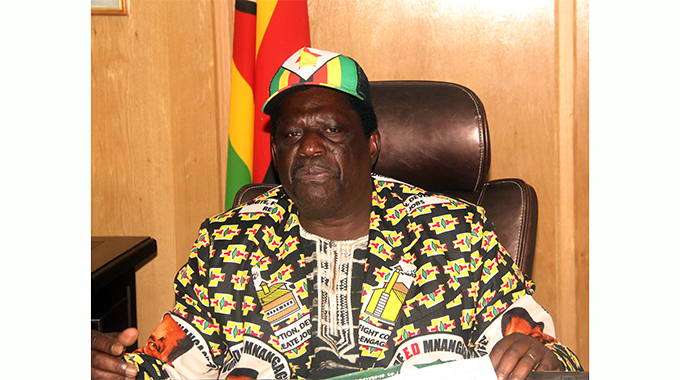Plans afoot to create FMD zones
Elita Chikwati Senior Agriculture Reporter
Government is working on re-establishing the foot and mouth disease zone fences to reduce the spread of the disease.
The measures are being taken to reduce the spread of the disease as relying on vaccinations is not effective.
Agriculture, Mechanisation and Irrigation Development Minister, Dr Joseph Made said vaccinations were not effective enough as the country had buffaloes carrying foot and mouth disease (FMD).
“We are going to re-establish the FMD control fences to create the white, green and red zones,” he said.
“The theory of vaccination will not be able to succeed on that because we have the buffalo, which is a carrier of FMD.
“Vaccinations are good, but we do not have enough vaccines and at times we miss the dates of vaccinations and this is not sustainable.”
The FMD zones are differentiated by colours, with the white zone being FMD free.
The green zone is between the red zone and the white zone and animals in this zone were regularly inspected for FMD.
The green zone acts as the buffer between the red and white zones.
All zones were separated from each other using fences and identified by hot iron brand marks on the left neck of cattle to show the zone.
The red zone, is usually found around national parks where there are buffaloes.
All animals in this zone were vaccinated religiously for FMD and were not allowed to leave this zone unless when going for direct slaughter to designated abattoirs.
The country has been experiencing challenges in vaccinating cattle for FMD due to shortage of vaccines.
According to the Department of Veterinary Services, the virus had spread unchecked in the affected provinces of Midlands, Manicaland (south), Masvingo, Matabeleland North and Matabeleland South.
Zimbabwe has active clinical infections going on in Chipinge South, Mwenezi, Chivi and Chiredzi.
Control of the disease depends on the effectiveness of movement controls on livestock, the effectiveness of Veterinary Services in rapidly detecting and controlling outbreaks at their source through quarantine and vaccination of exposed and in-contact animals, and the support that can be received from stakeholders.






Comments